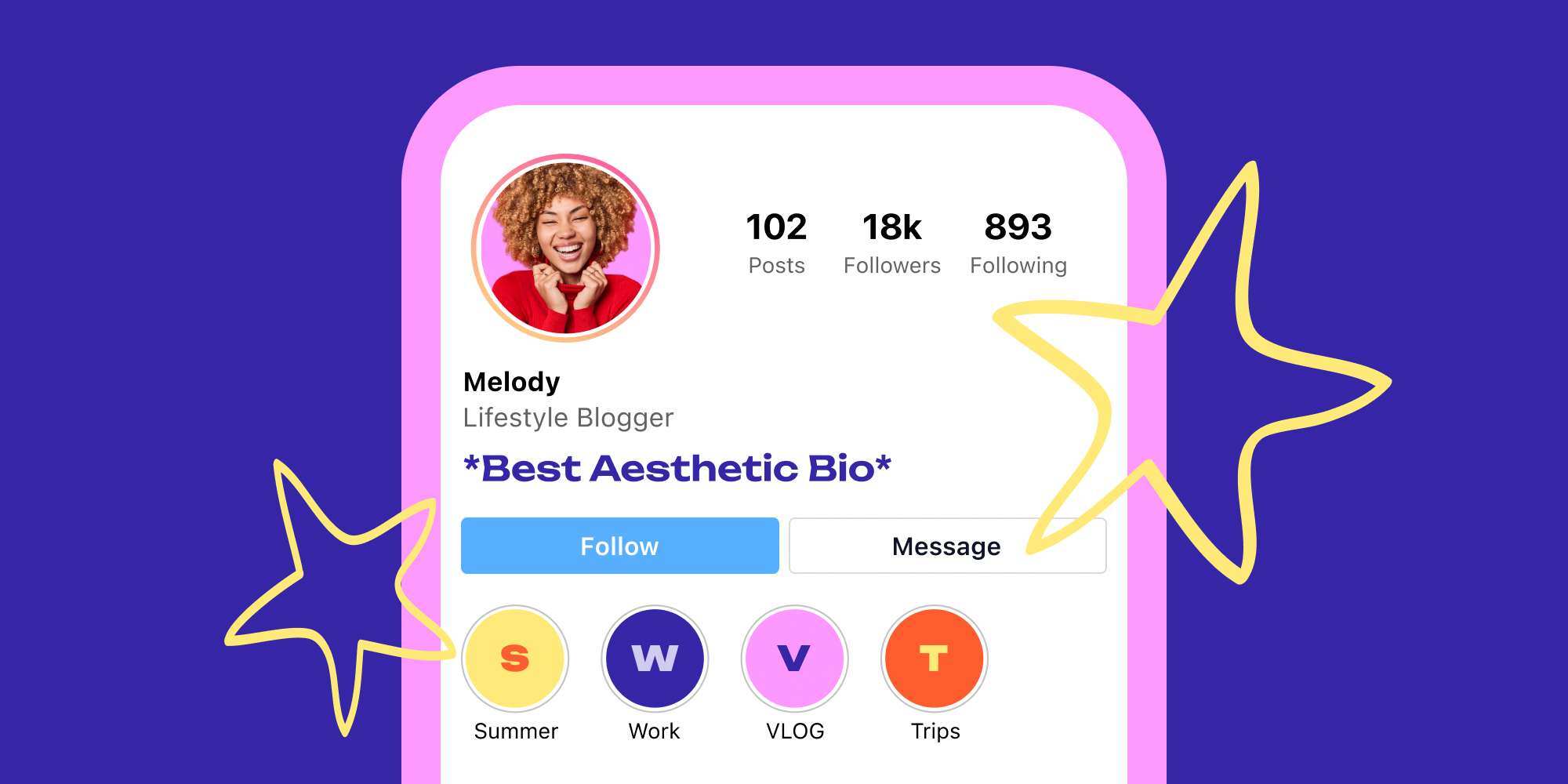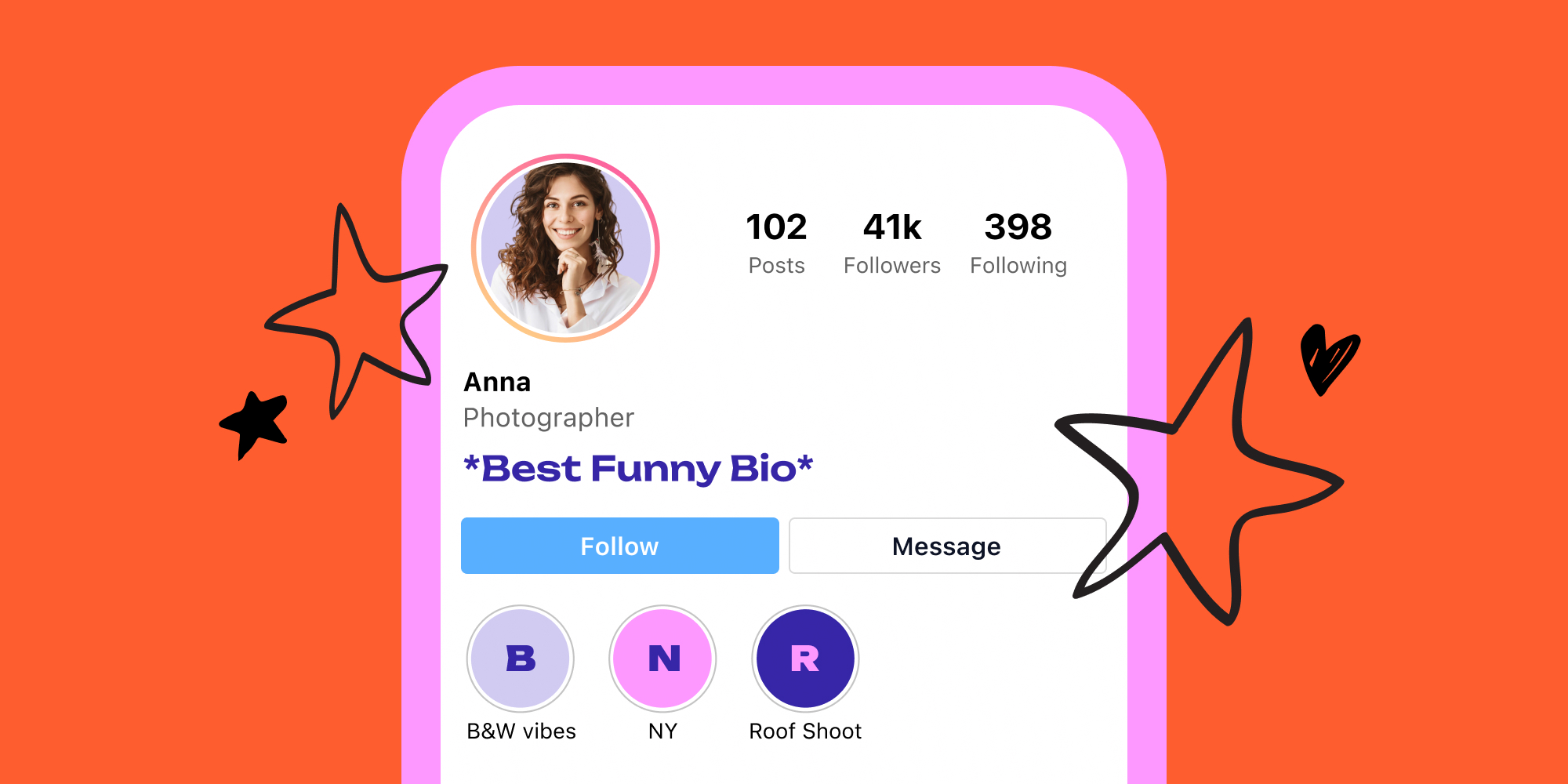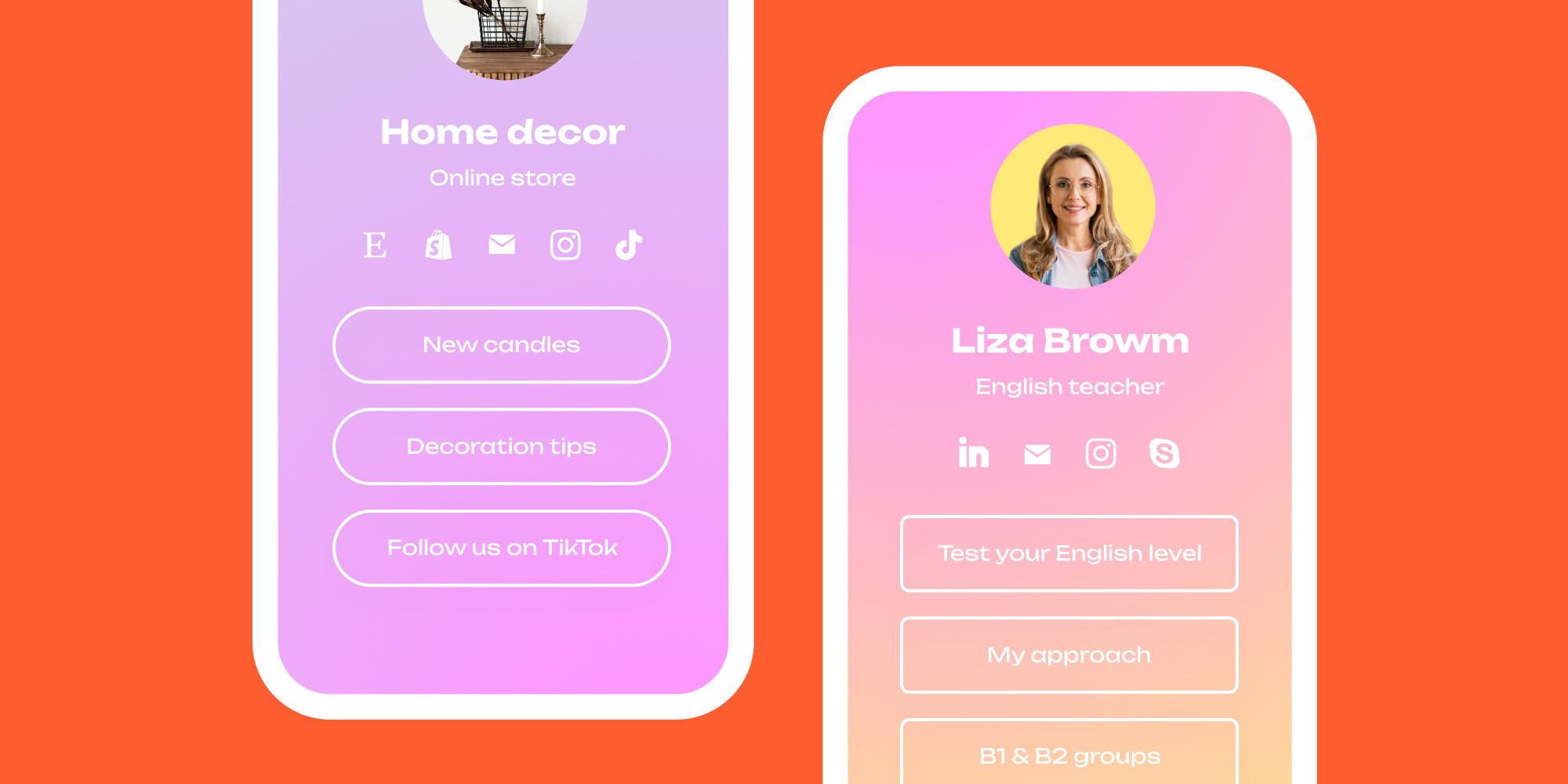Nonprofit organizations and charities can serve the public better and much easier if they have fundraising efforts. They get to organize events and initiatives that benefit individuals from all walks of life.
In fact, an organization named Double the Donation recorded a 12.1% rise in online donations over the past year. That means more and more people are donating to nonprofit organizations and charities through their social media channels.
And it's no surprise because the power of social media grows continuously every year. You can get more donations from people if your fundraising message is compelling and creative enough.
Try the Lift.Bio tool and its captivating Donations button like to help you do the trick.Social media fundraising for nonprofit organizations and charities can be a bit challenging. |
The guide below will walk you through everything you must know about nonprofit fundraising. We'll also show some of the most successful how to ask for donations online examples from nonprofit organizations and charities.
Here's a quick look at the topics we'll cover:
- Choosing the Right Social Media Platform
- Knowing Your Audience
- Crafting Your Message
- Using Visuals to Your Advantage
- Including a Call-to-Action and Making it Easy to Donate
- Thanking the Donors on Social Media
1. Choosing the Right Social Media Platform
Organizing nonprofit and charity fundraisers help you earn enough donations to fund your events and initiatives. Unlike corporate fundraisers, every cent you donate goes to people in need—children, hospital patients, and public school students, to name a few.
So the first step to getting the most out of your fundraisers is to choose the right social media platform.
We live in a world where social media has become integral in our lives. We can now use multiple apps to promote our nonprofit organization and its fundraiser.
Some of the best social media platforms to perform nonprofit fundraising efforts are:
- TikTok
We'll dive into the strengths and weaknesses of these social media platforms below:
Facebook has over two billion active users a day. That corresponds to more than two billion opportunities to get donations for your fundraiser from individuals across the globe.
Besides its reach, the Facebook app has a dedicated fundraising feature that helps you organize your fundraisers much easier. In addition, it takes care of all the payment processing fees, so you won't have to worry about it anymore.
Verified pages and normal individuals can organize fundraising activities like Birthday Fundraisers, Stories, and GivingTuesday on Facebook. All you need is to create a Fundraiser Activity on your feed. You can then post photos, videos, stories, or articles to promote it.
On top of this, the Facebook app has an audience-targeting feature that helps you reach specific users. It also uses your audience's recent donation activities and location to personalize their fundraising experiences and suggestions.
Some examples of how to ask for donations on social media are that of the World Health Organization. This nonprofit organization set up a COVID-19 Fundraiser for their COVID-19 response funds. It has more than 185 thousand shares and over 1.2 million invitations—twice as many as its total page likes.
Like Facebook, Instagram has a solid user base reaching up to two billion active users every month. It's also the fifth most frequently visited app throughout the past years.
However, a stark difference between these apps from Meta is their audience demographics.
Instagram caters to younger generations, while Facebook reaches Baby Boomers more. You can target audiences below the age of 30 on this app.
Because of this, Instagram is effective in unleashing new and creative fundraising messages and content. You can promote your fundraiser through aesthetic photos, engaging Instagram stories, and short-form videos.
Take Médecins Sans Frontières' Instagram fundraiser as an example of how to ask for donations on social media. They used a combination of compelling Instagram stories, photos, and videos to raise awareness for their campaigns.
If you want to create engaging Instagram stories for your next fundraiser, check out the best apps for Instagram stories.
Apart from Facebook and Instagram, you can also organize a nonprofit fundraiser on Twitter. There's tons of potential here since you can easily engage with potential donors on the app.
It's much easier to meet and connect with people across the globe. Some users may donate to your fundraiser, while others can simply reshare your tweet with their followers.
But unlike Facebook and Instagram, you get to see what people are talking about quickly on Twitter. You can check their profiles and take a look at their previous tweets, replies, and likes.
This way, it becomes a lot easier on your part to tailor your fundraising content to their liking. And by doing this correctly, you may even get a spot in their trending list.
That's where catchy fundraising hashtags come into the picture. They can take your audience to related tweets about your fundraiser. They're a sure way to get people talking about your initiative.
Kherson Animal Rescue took its fundraising efforts to Twitter. They shared about feeding over 150 abandoned animals in the area. In addition, they post about the animals, their donors, and the overall progress of their fundraiser on their account.
TikTok
Finally, TikTok is a newer yet effective platform for organizing nonprofit fundraisers. You can post several entertaining videos and challenges to encourage potential donors to donate.
A report by Music Business Worldwide in 2021 backs up the influence of TikTok, stating that an average user spends up to 89 minutes of their day using the app. That allows nonprofit organizations and charities to break into the algorithms of millions of TikTok users every single day.
You can release engaging videos that talk about your fundraiser. You can also create new hashtag trends and challenges or edit your content with cute stickers and filters.
An example of how to ask for donations on social media is the Keep the Beat Challenge of the American Heart Association. They popularized this trend on TikTok to raise awareness and ask for donations during American Heart Month.
2. Knowing Your Audience
Choosing the right social media platform to promote your nonprofit fundraiser is only one part of the equation. You should also know who your audience is and their preferences.
This way, you can ensure your fundraising message matches their interests. You can also easily tailor your photos, videos, articles, and stories to their taste.
If you want to ensure your content resonates with your audience, look into their demographics and recent activity.
Knowing their age, location, and gender, as well as their search history and frequently visited apps, will help you modify your fundraising message and overall content strategy.
3. Crafting Your Message
You can capture your audience's attention through your fundraising message. That's why you must master how to craft creative and compelling messages.
When writing engaging fundraising messages, there's a higher chance for them to stick with your audience. This prompts them to donate to your cause or share your fundraiser with their colleagues.
For example, Feed the Frontliners NYC crafted a brief yet compelling fundraising message for their fundraiser:
The fundraising message of Feed the Frontliners NYC speaks to its target audience — the New Yorkers. There's also a brief description of where proceeds will go and how big of an impact you can make:
4. Using Visuals to Your Advantage
Photos and videos can enhance the power of your fundraising message. They will also likely resonate more with your target audience if they're creative and interactive.
Influencers, for example, leverage photos, videos, and stories to earn more donations for their fundraisers. The famous channel swimmer, Speedomick on Instagram, did this by taking a selfie and discussing his fundraiser in his caption.
If you're a budding influencer, read how influencers can benefit from collecting donations in our in-depth guide.
But make sure your content and branding are consistent with each other. This way, your potential donors can understand the purpose of your cause better.
Photo and video editing apps like Lift: Story Maker can help you create compelling content for your fundraising efforts. With it, you can add texts to your photos, animate your videos, or put cool transitions.
5. Including a Call-to-Action and Making it Easy to Donate
Having a clear and concise call to action for your fundraiser encourages your audience to donate. In addition, it lets them know how they can fund your cause.
If you're curious, take a look at some of the best how to ask for donations online examples below:
- Asking for a specific donation amount.
- Sharing your cause with other people.
You can also add a link to your call to action to direct them to the proper donation channels. The best link in bio tools like Lift.Bio's donations feature can help you with this.
| If you want to read about clickable links on your social media accounts, we suggest going through our What is Link in Bio and How to Use It guide. |
6. Thanking the Donors on Social Media
Finally, nonprofit organizations and charities should end their fundraisers by thanking their donors. You can show your appreciation for their generosity through social media.
Successful examples of thanking donors on social media would usually inform donors about the impact of their donations. In addition, it's a solid way to build and maintain lasting relationships with them.
Wrapping it Up
Organizing nonprofit and charity fundraisers isn't easy. There are a lot of technicalities involved in the process. But it's not impossible to earn donations from the public.
With the help of third-party apps like Lift.Bio and Lift: Story Maker, you can get your fundraising message across much better. You can centralize your fundraiser links and edit engaging photos and videos.
![How To Ask For Donations On Social Media [with Examples]](https://blog.lift.bio/hubfs/Cover_How-To-Ask-For-Donations-On-Social-Media_1000%20%C3%97%20500.webp)





